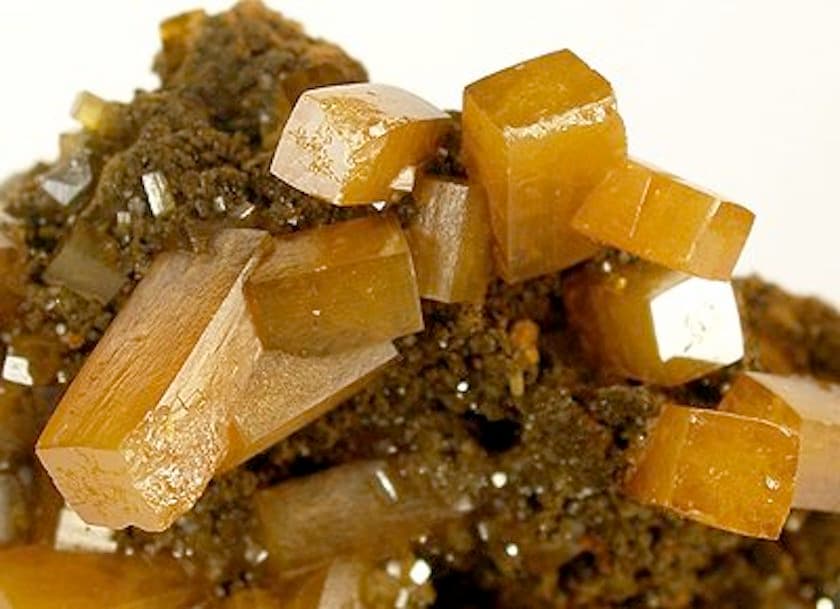Table of Gems Ordered by Crystal System
This table contains a selection of minerals gemologists may encounter as jewelry stones or gem specimens. The gems are sorted by their crystal system.
2 Minute Read
"Amorphous" gems have no crystal structure.
Selected Minerals by Crystal System
Notes
1. Boleite has also been classed as a tetragonal, pseudo-cubic crystal.
2. Synthetic, lab-created material.
3. May lose their crystalline structure due to radiation (metamictization).
4. In modern times, hyacinth or jacinth usually refers to reddish brown zircon, which belongs to the tetragonal crystal system. However, historically it has also been used to refer to hessonite (cubic), topazes (orthorhombic), and various other gemstones.
5. Mimetite has also been classed as a monoclinic, pseudo-hexagonal crystal.
6. Both natural and synthetic stones. (Natural moissanite crystals are too small to cut).
7. Any beryl variety not aquamarine, emerald, goshenite, heliodor, morganite, or red.
8. Many of the materials mineralogists have classed as trigonal crystals have been classed by gemologists as hexagonal crystals in a trigonal subclass. Thus, you'll find many of the gems listed here classed as hexagonal in their individual gem listings.
9. Wollastonite has monoclinic and triclinic polytypes.
Additional Crystal System Information
For more detailed information, consult the individual gem listings as well as these International Gem Society articles:
International Gem Society
Related Articles
Gemstone Toxicity Table
How to Estimate Gem Weight in a Jewelry Setting
Specific Gravity Values of Selected Gems
Ring Size Comparison Chart
Never Stop Learning
When you join the IGS community, you get trusted diamond & gemstone information when you need it.
Get Gemology Insights
Get started with the International Gem Society’s free guide to gemstone identification. Join our weekly newsletter & get a free copy of the Gem ID Checklist!
